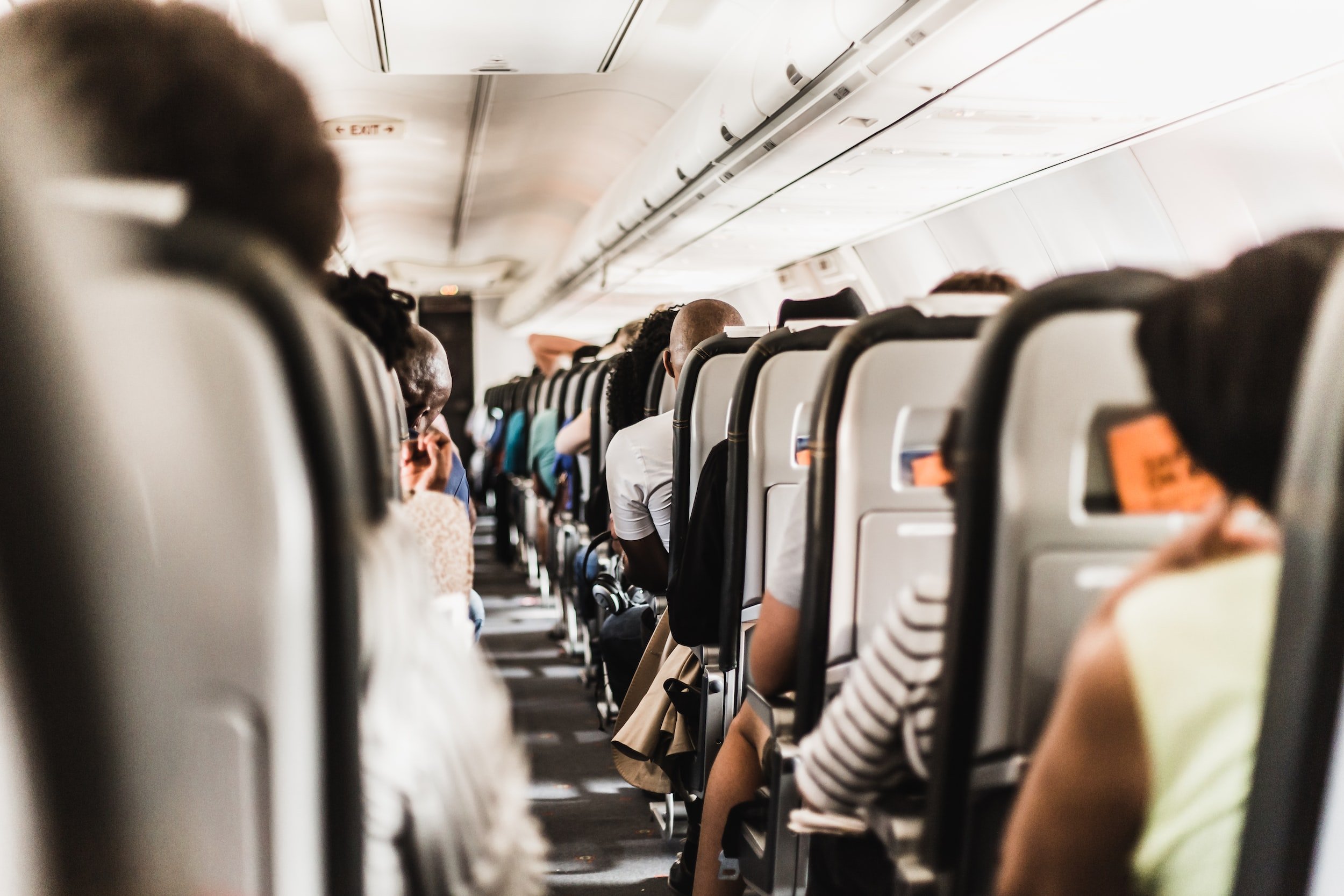Helpful Tips for Traveling with Varicose Veins
This holiday season, many people will be traveling by plane or car to visit family and friends. If you have varicose veins, it’s important to take precautions to avoid exacerbating the issue or developing serious vein issues such as blood clots. Here are some tips for safe travel:
What are varicose veins and why do they occur?
Veins that have become varicose are enlarged and often swollen. They commonly show up in the legs but can appear on any part of the body. The valves inside the veins break which allows blood to pool there and enlarges the vein. If you plan on traveling with varicose veins, it is necessary to know the risks and precautions to help ease discomfort and further damage to the veins.
What are the risks associated with traveling with varicose veins?
When traveling, varicose veins can pose a few risks. The most common is that the vein may become swollen and painful. This is called a traveler's thrombosis. When a blood clot occurs in the superficial vein system (including in varicose veins) it can cause significant pain and tenderness as well as palpable firmness in the vein. Traveling that involves long periods of sitting can also lead to the formation of blood clots in the deep vein system, also known as Deep Vein Thrombosis (DVT).
DVTs are the most dangerous form of blood clot, because DVTs can travel to the lungs, causing a pulmonary embolism. This is a life-threatening condition that requires immediate medical attention.
Another risk associated with travel and being in a seated position for a long period of time, whether due to a road trip or a long flight across the country, is that this can further damage the vein walls and valves of existing varicose veins, as well as contribute to the formation of new varicose veins.
If you are planning to travel and have varicose veins, make sure to talk to a vein doctor about the risks involved. He or she may recommend taking some precautions, such as wearing compression stockings or avoiding long periods of sitting or standing.
Minimizing the discomfort of varicose veins while traveling
Varicose veins and venous insufficiency can often be a source of discomfort, especially when traveling. Here are some tips for minimizing the discomfort of varicose veins while traveling. These tips are also helpful for people who do not have varicose veins.
1. Try to walk as much as possible when traveling. Walking will help get the blood flowing and reduce the pressure on your veins. If you are driving as a part of your travels, take breaks along the way to stretch your legs and get the blood flowing like normal. If flying, periodically walk up and down the aisle (as long as it's safe to do so).
Stretching near the bathroom or areas with larger space such as the flight attendants' area can help alleviate some of the issues with air travel, but please follow flight attendants’ instructions at all times for your safety.
2. Elevate your legs whenever possible, especially during breaks in travel. This can help improve blood flow and reduce swelling, limiting the discomfort and pressure that comes with varicose veins. However, it is not always possible or safe to elevate your legs during travel. You can still improve circulation while remaining seated, by doing foot and ankle exercises that activate the muscles in the calf.
3. Wear compression stockings or support socks. By wearing graduated compression stockings, you help blood flow in the right direction and improve circulation throughout your legs.
4. Drink plenty of water to stay hydrated and avoid constipation, which can worsen vein problems. Not only is water essential for our survival, but it also plays an important role in keeping our bodies functioning properly. Staying hydrated helps to transport oxygen and nutrients to the cells and promotes healthy blood circulation.
5. Avoid sitting or standing in the same position for long periods of time. Get up and move around every few hours to promote healthy blood flow. While we may often find ourselves sitting for long periods while traveling, standing for long periods can also be detrimental. Change up your position every so often so you are not stuck one way for too long.
When traveling, it is important to take into account the discomfort that varicose veins can cause. By following the tips listed above, you can help minimize the pressure and pain that often comes with varicose veins. If you are experiencing any symptoms, or if you are worried about severe vein issues such as blood clots, pleaseconsult a vein specialist before traveling.
Elmore Medical Vein & Laser Treatment Center is the premier vein specialty medical practice in the Central Valley. Dr. Mario H. Gonzalez and his staff offer years of experience and medical expertise that you won’t find anywhere else. Contact us to set up a consultation appointment.

